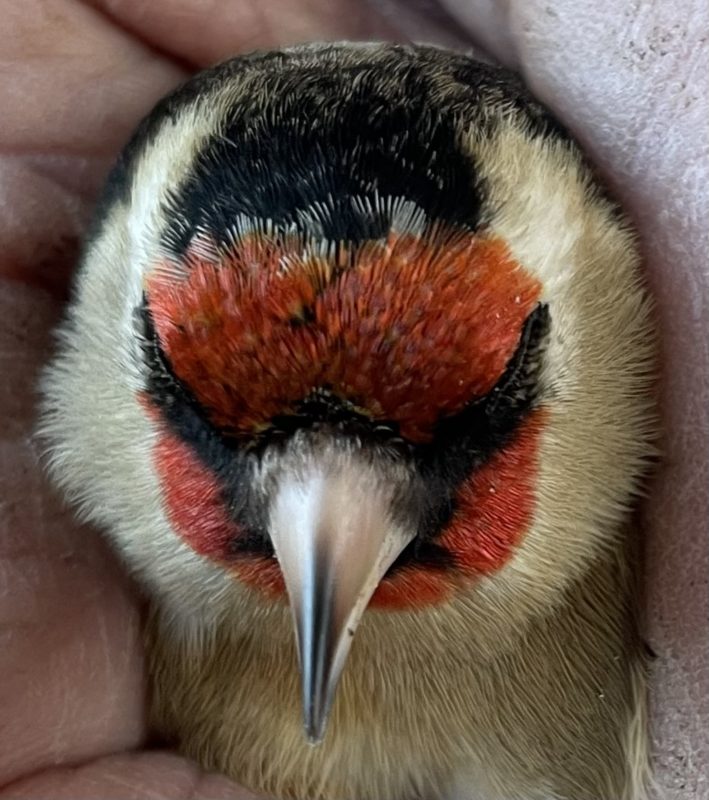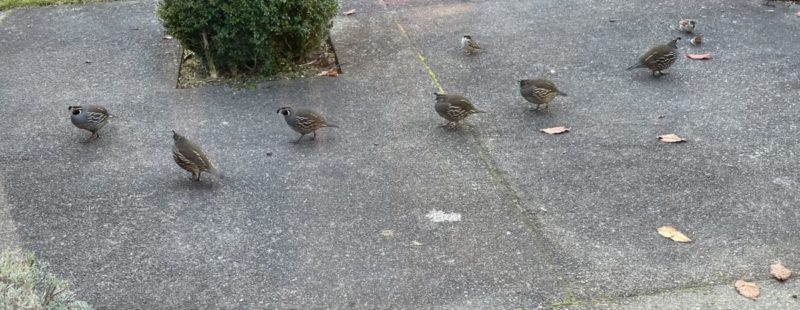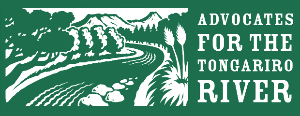Intro Weather and Committee meeting.
It seems that Winter is arriving as Spring approaches. It was -4 this morning the coldest morning this winter. We have had a couple of weeks of beautiful Winter weather. The good fishing also arrived late.
The last Committee meeting on 22nd July was dominated by The Tongariro River Flood Protection Scheme Proposed Annual Works programme, a report from Julian Proctor on the latest Taupo Fishing Advisory Committee (TFAC) meeting, and our Constitution referred to as The Rules.
From the TFAC meeting.
TFAC has its own website inside the DOC website. It is very good once you have logged in and mastered it. To log in Taupo Fishing Advisory Committee then the meetings menu button, TFAC meeting agendas and minutes.
Agendas and Minutes for 2022 and 2023 are on line and there is good information.
I would like to see interim minutes of TFAC meetings posted within two weeks of their meeting. Interim minutes would then be replaced, later, with confirmed minutes as this can not happen until a formal meeting of the committee is held. Such a practice has the opportunity to keep readers up to date with happenings at the Committee meeeting. Waiting 4 months for the posting of TFAC minutes to occur is too long.
The Agenda appendicies are very good.
For the June TFAC meeting there were excellent. The Agenda includes summary of agenda items by Fishery Manager Dave Conley, Appendicies 1 License sales information by Karl Schroder. Key data used to determine license fees as the Fishery management is funded from licenses. Appendicies 2 by Mark Venman Technical Report. Appendicies 3, Michel Dedual, Echo Sounding Autumn Survey, Appendicies 4 Aaron Sargent, Compliance and Appendicies 5, Dave Conley on Access to the Lower Tongariro River
However you read the papers it gives a lot more understanding of matters discussed with the Fishing Mnagement team.
The Tongariro River Flood Protection Scheme
Proposed Annual Works Programme 2023/2024
Covid can take the blame for a lot of things. Covid slowed work that should have been done.
We received this years Proposed Annual Works Scheme and drew up our thoughts. We then met with Grant Blackie and Powell, presented our case and received a reply in a cordial meeting. We have all the Work schemes in our website, Library, Key documents. We have no objection to the proposed scheme but are concerned at what is not in the scheme. It is a very narrow scheme. It must be emphasised that the Flood Protection Scheme is to potect Turangi township from flooding and is not to shape the river for anglers. Turangi residents pay some costs towrds thi scheme through their rates. Anglers who are not local rate payers do not. Thus we must shape our response to address the responsibility of WRC. In the past we have had excellent relations with WRC staff in this matter and they have been willing to take on board our concerns. A key problem for WRC has been their inability to attract staff as managers.
Consistently since the granting of the consent in 2011 the emphasis has been on keeping woody vegetation below 1.5m. This has not happened and Willows and Broom are well above that level, We have now filed a forma response to Grant which we understand goes to the full council for consideration. The other key piece missing from the scheme is that protection is from head of the Hydro Pool down to Smllman’s Reach and the evidence is there from Cyclone Gabriel the number of trees fallen into the river. The 2004 flood of just over 1400m3/sec showed the power of the river in flood and what it can carry and the damage that can happen. The question is: Is WRC keeping to the consents 121305 and 121306.
The 28 page Report on the hearing dated 4 May 2011 is interesting reading.
Constitution of Advocates For The Tongariro River
Our next committee meeting in November will include a special meeting prior to the committee meeting to amend the constitution to enable us to Re Register. The changes that we must make are few and when made must be approved at the AGM or a Special meeting of members.
Thermocline
The thermocline is a feature of Lake Taupo and the lake is the home of the trout which run up the rivers to spawn. Some trout do live all year in the river. The condition and size of the fish is from their time in the lake.
I asked Dr Simon Stewart for advice on 2 questions I had. His reply for which I am most appreciative:
1.What simply is the engine that drives the movement of the thermocline?
Firstly, the thermocline is the layer where there is a strong temperature gradient with warm (buoyant) surface water floating ontop of dense (cooler) bottom water below. The thermocline is set by a combination of: sunshine warming the water; water clarity dictating how deep into the lake that warming sunlight can penetrate and; wind mixing that heat heated water around. Lake Taupō has a deeper thermocline than Tarawera which itself has a deeper thermocline than Lake Rotoiti because of their respective water clarities. And in hot sunny years, the thermocline in a lake will be stronger because there is more heat energy beaming into the water (down to the thermocline). The last aspect, wind is important to stabilize the thermocline… if a lake was completely still, water temperature would decrease constantly with depth because light is decreasing in a linear manner with depth. However, wind blowing across the surface causes some of that slightly warmer surface water to mix with the slight cooler water below making them the same temperature. As you get deeper, there is less of that wind energy available to mix the slightly different water temperature until the point where temperature difference between the slightly warmer (and more buoyant) water above will not be mixed with the water below. This point becomes the thermocline (i.e., strong gradient in temperature) and the water above this point is the surface mixed layer. This starts to drive a positive feedback where some of that surface heat gets transported down to a point making that transition point stronger and stronger as summer progresses.
For the breakdown of the thermocline in Autumn, two things happen: the days get shorter (cooler) and the winds get stronger. As the surface water begins to cool down (because there is now less sunlight and the air temperature drops) the temperature difference between the buoyant surface water and the dense bottom water becomes less. As you get a strong gust of wind blowing across the lake, that wind energy will now be able to penetrate a little deeper because there is a little less temperature difference. Every time it does that, a little more cool bottom water gets mixed into the surface water, in-turn making it cooler. As autumn progresses, the winds (typically) get stronger, the water gets cooler and the cycle progresses. Typically from about December onwards, the thermocline in Taupō gets progressively deeper until the surface water temperature gets down to ~11 degrees Celsius (around late June) and the water columns then becomes all the same temperature.
- Why is the thermocline important for anglers?
Anglers will often want to know the depth of the thermocline in late spring through to autumn so that they can target that depth for trawling. It is because this is where most of the biological activity happens. Pretty quickly following winter, nitrogen- and phosphorus-rich diatom (algae) cell sink out of the surface water taking the nutrients within them. This results in the nutrient concentrations in the surface water quickly becoming very low and not supporting algae growth. However, down at the thermocline algae can still get enough light but can also access the nutrient-rich water from just below the thermocline. So, the algae grows there, which means that the zooplankton congregate here to feed on them, thus the smelt then come to feed on the zooplankton, thus the trout are attracted.
Thank you Simon


Eric Wilson
Secretary
Constitution of Advocates For The Tongariro River
Our next committee meeting in November will include a special meeting prior to the committee meeting to amend the constitution to enable us to Re Register
